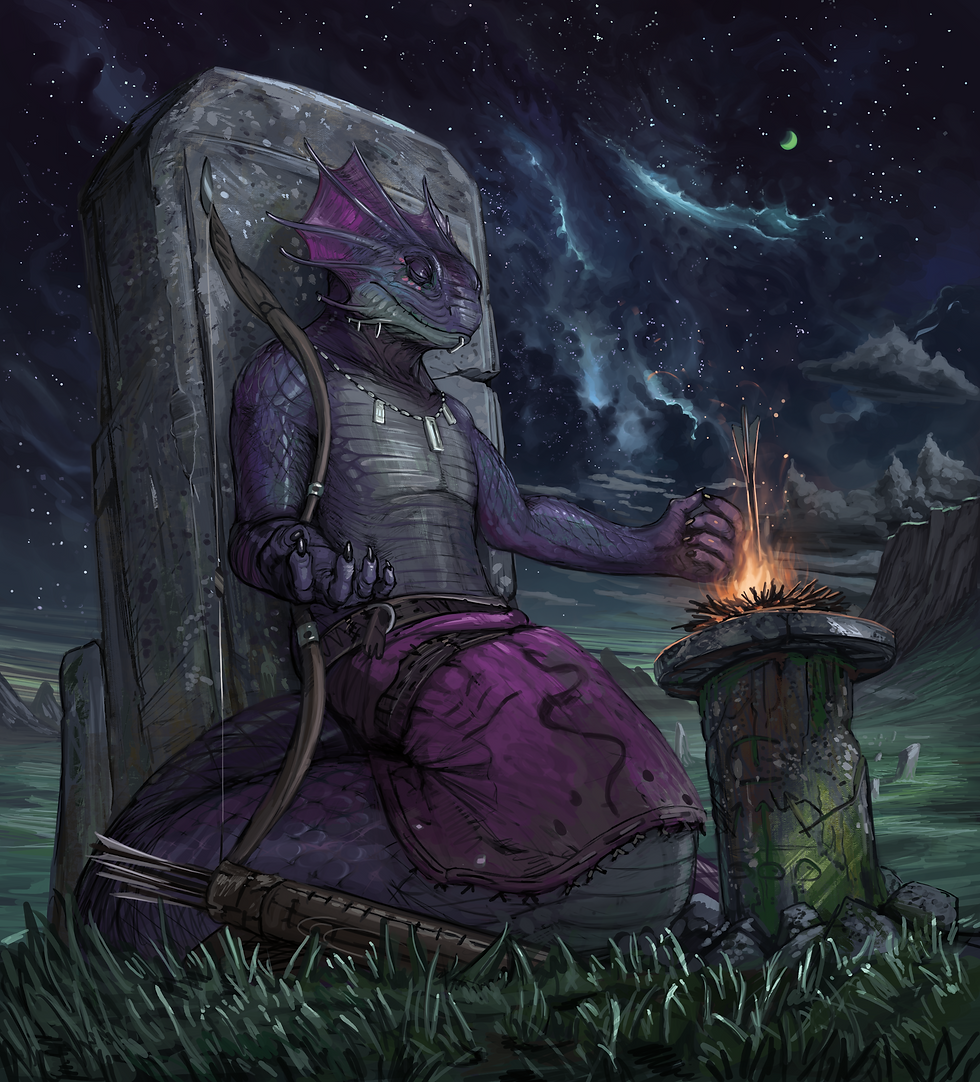
In Lyboria, a day has 32 hours; in average 20 of daylight and 12 of darkness. The longest day in Lyboria has 24 hours of daylight and the longest night has 16 hours of darkness. In many areas of Lyboria, sunrise is the preferred word to describe a day and also a unit of time. It takes 200 sunrises or days to complete a half-cycle.
The certain number of days is related to a special event. The inhabitants of Lyboria call it the Night of the Green Star. A cycle starts with the arrival of the green star. The green star comes closer and closer for 200 days until it finally climaxes on the night of the green star. In this night, the sky takes on a green hue, thereby ending the current half-cycle whilst simultaneously ushering in the new.It takes a few days for the green star to completely disappear from the sky before it reappears on the first day of the new cycle. The night of the green star is a special event that is celebrated differently by the individual races . An example would be the mating season of the Naphas which takes place that night.

The names for the half-cycles vary from region to region and between races. That can be traced back to the different effects it has on the climate of each region. Summer and winter or the sunny and rainy seasons are just some of the names used to refer to the half-cycle. The largest unit of time in Lyboria is an aeon. After 1,000 cycles have elapsed, we have what is known as an eon. It is estimated that the impact of Luna on Lyboria, took place around 1,200 eons ago. In the era of Epignosis, 32 eons ago, the oldest monuments were constructed and the dawning of time as we know it took place.
What do you think about time in Lyboria?

